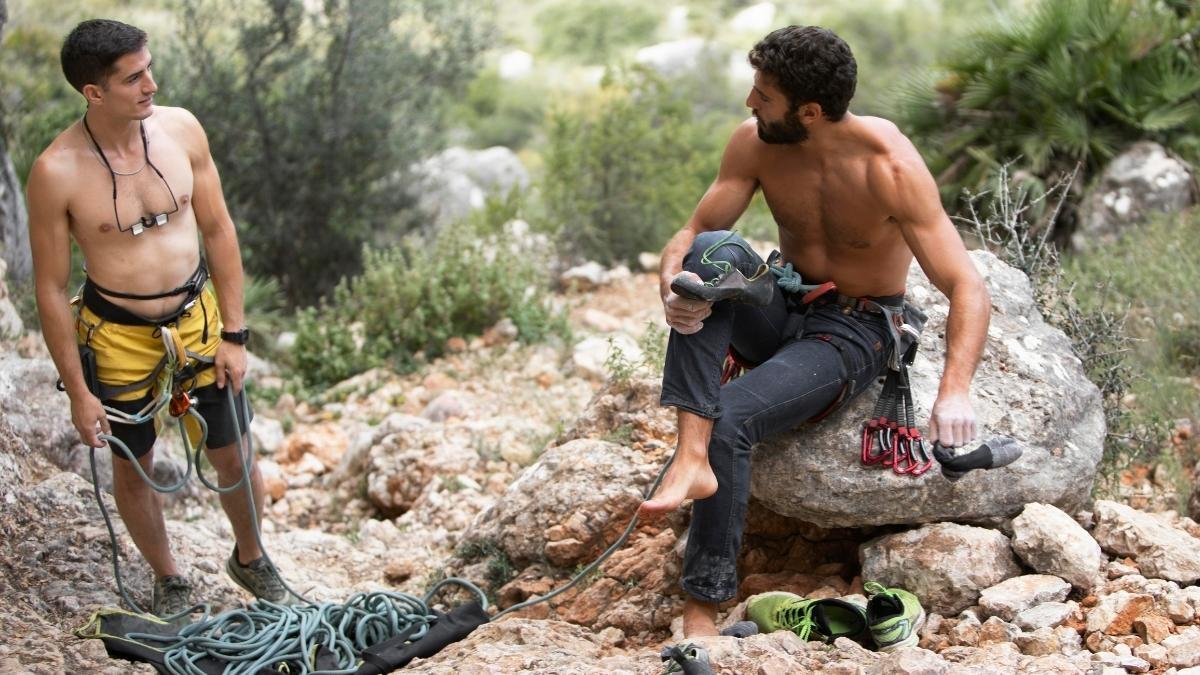The “Cowboy Core” trend has taken over 2025, filling festival grounds and social media feeds with a romanticized vision of the American West. You see the distressed boots, denim tuxedos, and oversized belt buckles everywhere, presented as a “fearless attitude”.
But this popular aesthetic has a dark side. It fuels a destructive form of tourism that encourages people to live out a cowboy fantasy on Indigenous lands.
This article exposes the connection between your fashion choices and a modern-day colonialism that erases Indigenous history, damages sacred environments, and props up unfair economies.
The seemingly innocent act of dressing like a cowboy is directly linked to the real-world destruction of Indigenous lives.
What the Cowboy Myth Really Means
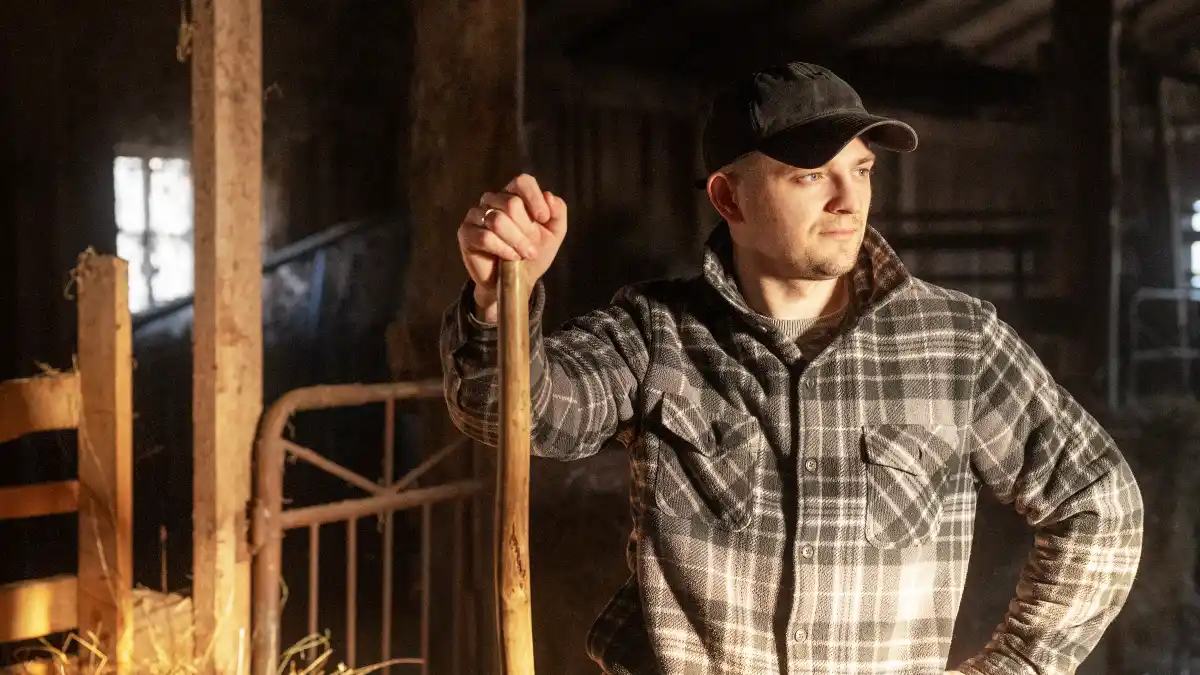
To see the harm from Frontier Tourism, you first have to look at its hero: the cowboy. This character isn’t just a historical figure. He is a big symbol of an idea called settler colonialism. This idea comes from a powerful story known as the “frontier myth.”
How the “Frontier Myth” Justified a Takeover
The frontier myth isn’t just a lie. Historian Richard Slotkin says it’s the collection of stories a country tells to explain its past and excuse its actions.
This story paints the American frontier as a line between “civilization and savagery”. It was seen as an empty, wild place that needed to be “tamed”.
But this taming came at a great cost to Indigenous peoples. The myth presents them as backward roadblocks to progress who should be forced to change or be wiped out.
The story is powerful because it turns a violent history of conquest into a proud story of American growth and Manifest Destiny.
The Cowboy: A Symbol of Colonialism
The hero of this story is the cowboy. He stands for white male freedom, new ideas, and independence. His story is about what Slotkin calls “Savage War.” This is a “masculine, violent and ‘progressive’ fight against the wilderness” and also “against the indigenous population”.
This idea was used to defend the takeover of Indigenous peoples. It made violence seem like self-defense instead of an attack.
The myth became very popular, especially through Buffalo Bill Cody’s “Wild West” shows. These shows turned fiction into a truth people believed, making the cowboy a hero in America.
Settler Colonialism Is Still Happening
This myth supports a specific goal: settler colonialism. Some types of colonialism take resources and then leave. Settler colonialism is different. It’s a system that stays. Its goal is to remove Indigenous people for good and replace them with a new society.
It works by getting rid of people and constantly moving them to find and take value from stolen lands. The “Wild West” myth makes this process seem okay. It reframes the violence of land theft as a noble mission to bring civilization.
The myth is clever because it includes some doubt. The classic frontiersman, Daniel Boone, was seen as a hero who tamed the wild. But he also said he was sorry for killing Indigenous people and that he preferred “a state of nature to a state of civilization”.
This isn’t a mistake in the myth. It’s a feature that protects it from criticism. By admitting the “cost of progress” in a sad, romantic way, the myth lets people feel bad about the lost “wilderness” without facing the ugly truth of the genocide that made it happen.
When people today wear “Cowboy Core,” they are tapping into this fake sadness for a “lost freedom.” It lets them enjoy the cowboy fantasy without thinking about its violent roots.
How Tourism Sells the Cowboy Fantasy
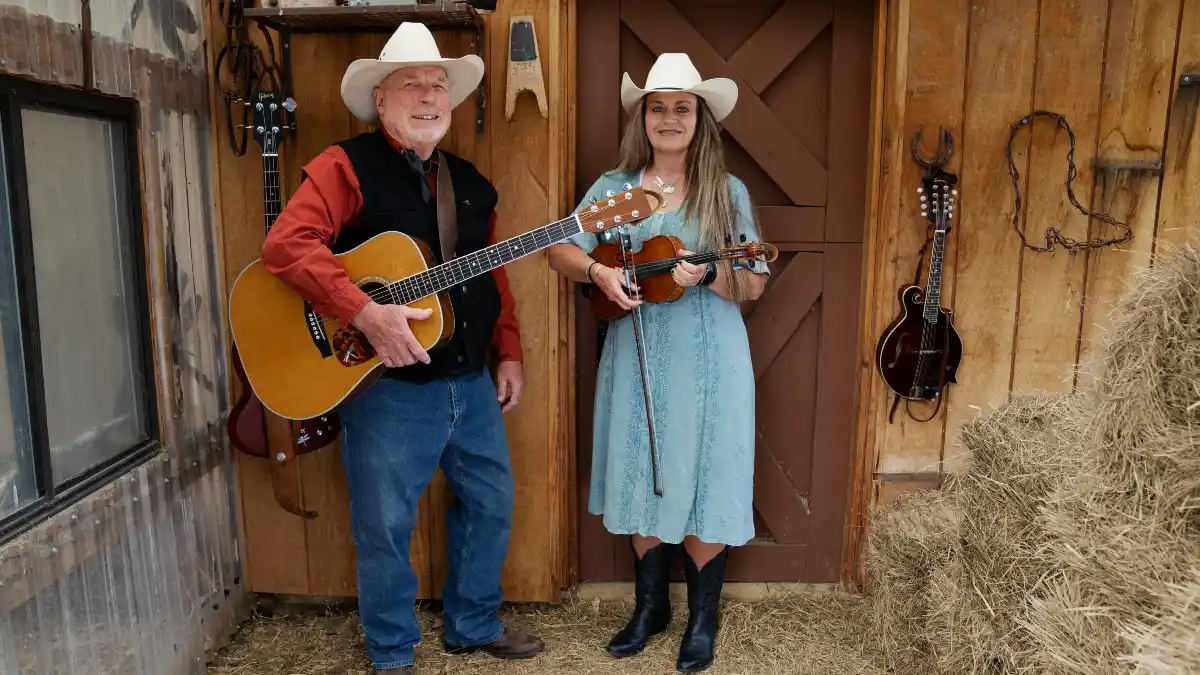
The old frontier idea is now sold by the tourism industry. The “Cowboy Core” trend creates a strong desire for trips that let you act like a cowboy. This directly helps Frontier Tourism grow.
What Is Frontier Tourism?
Frontier tourism, sometimes called adventure tourism, is about traveling to faraway, wild, and hard-to-reach places. People do it because they want exciting and different experiences.
They are drawn to the idea of the “unexplored” and, most importantly, acting out old myths of exploration. This kind of tourism isn’t just about going to a place.
It’s also about a personal journey to find yourself, test your limits, and feel changed. This makes it the perfect way to live out the tough, independent cowboy fantasy.
Selling the Cowboy Dream
Tour companies sell this fantasy directly. They use the “Cowboy Core” look to get customers. Places like Jackson Hole, Wyoming, and the American Southwest are ancestral lands of the Shoshone, Bannock, Pueblo, Navajo, and Apache peoples, among others.
These places now offer “Cowboy Experiences”. The packages sell you a chance to live the myth. You can borrow a fancy belt buckle to complete your “cowboy core look”.
You can ride horses through “untouched” lands, eat at “old-fashioned” chuckwagon dinners, and go to rodeos where “the west is still wild”. You aren’t just a visitor. You become a character in the story.
From Fashion Trend to Tourist Trip
There is a clear line from the fashion trend to the tourist trip. “Cowboy Core” is popular because of social media and celebrities. This makes people want to not just look like a cowboy, but feel like one.
Frontier tourism gives them a stage to do it. Dressed in the trend’s key items, you travel to a managed landscape to be the hero of your own Western movie. You look for a “real” experience, but what you get is a scripted, fake, and commercial reenactment of a colonial myth.
Table 1: The “Cowboy Core” Look (2025)
| Fashion Item | What It Looks Like | Seen On | Popular Brands | What It Represents |
| Cowboy Boots | Worn-in leather, fancy stitching, retro shapes, special leathers (caiman, ostrich) | Beyoncé, Timothée Chalamet | Lucchese, Tecovas, Ariat | Being tough, conquering the land |
| Statement Belt Buckle | Big silver buckles, engraved designs, turquoise stones | Music festivals (Stagecoach), Yellowstone | Wrangler, Lucky Brand | Manliness, status, owning the land |
| Denim-on-Denim | The “Canadian Tuxedo”; jean jackets with bootcut or flare jeans | Danielle Reinhart (influencer) | Wrangler, Levi’s, Rock & Roll Cowboy | Practicality, the working cowboy |
| Wide-Brim Hat | Felt or straw hats with a pinched front and vintage-style bands | Playboi Carti, Orville Peck | Stetson, Tecovas | Taming the wild, bringing civilization |
| Fringe & Suede | Jackets, dresses, and bags with fringe; suede and leather coats | Country concerts, fashion shows | RRL (Ralph Lauren) | “Wild West” style, romantic danger |
The Environmental Price of the New West
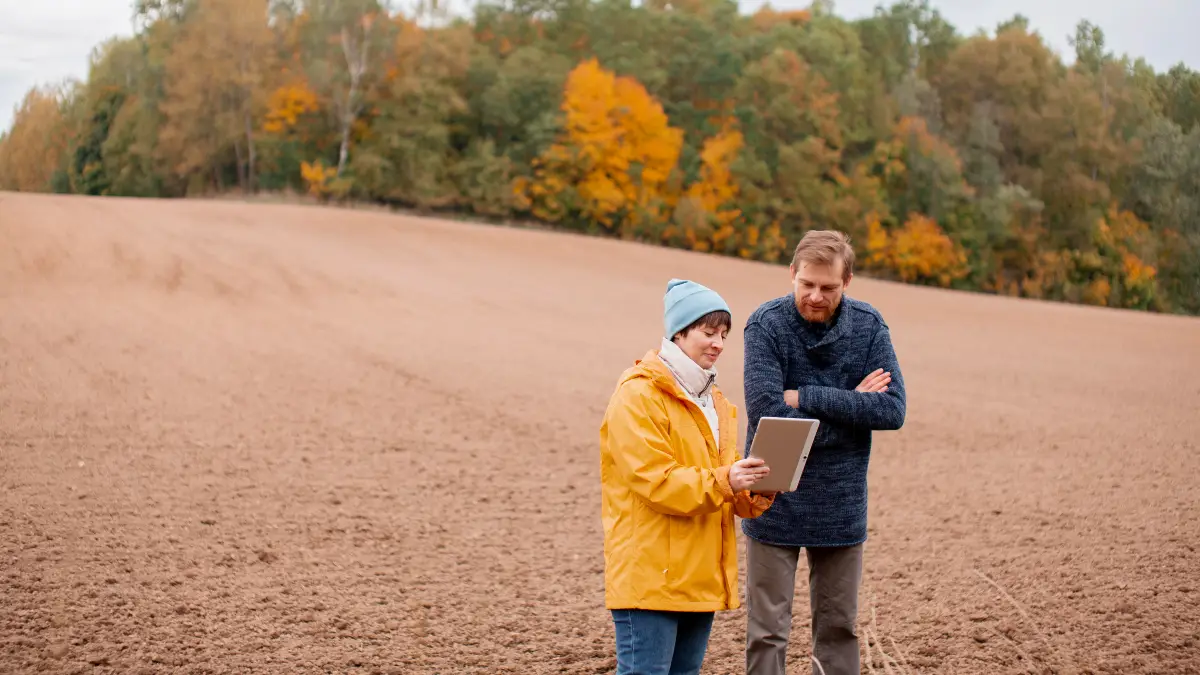
Living out the cowboy fantasy causes real problems. The buildings and activities for Frontier Tourism cause serious and lasting environmental damage to Indigenous lands. This follows the same old pattern of colonial resource-taking.
Ruined Habitats and Lost Resources
To support this tourism, companies build resorts, roads, golf courses, and shopping centers. This building destroys habitats, causes soil to wash away, and kills native plants.
This is a big problem in the dry American West. Tourism uses a huge amount of the limited water supply. Water for resort pools and green lawns takes water away from Indigenous communities. Their access to clean water is already at risk from climate change and past bad management.
Pollution and Trash
More tourists mean more pollution. This includes trash left by visitors at important and sacred sites. It also includes bigger problems. Badly planned tourist buildings often have poor sewage systems.
This pollutes the water and hurts local plants and animals. More cars, buses, and off-road vehicles cause air and noise pollution. This upsets the delicate balance of nature that Indigenous communities have protected for thousands of years.
Harm to Wildlife and Traditional Life
Tourist activities disturb wildlife. Noise from big groups and vehicles, plus people entering their homes, changes how animals act. It affects their eating, breeding, and travel patterns.
This harms animal populations that are often needed for the traditional hunting and gathering of local Indigenous communities.
Also, clearing land for tourism can destroy plants used for traditional medicine and ceremonies. This cuts a key link between the people and their land.
The goal of settler colonialism has always been to take land and its resources for the settlers’ benefit. In the past, this meant mining or logging. Frontier Tourism follows the same basic idea.
The “resource” is now the beauty of a “wild” place and the fun you can have there. But the result is the same. The land is still being used up, polluted, and made harder to live on for the people who were there first.
The environmental damage from this tourism is not just a side effect. It is a modern version of the same colonial thinking that has shaped the American West for a long time.
Fake Culture and Erased History

Besides harming the environment, Frontier Tourism causes deep cultural harm. It uses cultural appropriation and turns traditions into products for sale.
This erases the real Indigenous presence and history to make a fun and easy trip for tourists. This fits with the settler colonial goal of “elimination,” which tries to destroy Indigenous culture and its ties to the land.
Cultural Theft in Tourism
Cultural appropriation is when a powerful group takes parts of a less powerful culture. They do it without permission or respect, usually to make money or for fun. Frontier Tourism does this a lot.
Tourists in “Cowboy Core” outfits buy cheap souvenirs that copy sacred Indigenous designs, making them meaningless. They are offered experiences that make fun of Indigenous cultures, turning deep spiritual traditions into photo ops.
Taking cultural items out of their setting and stripping their meaning shows a colonial power dynamic. It pushes the idea that Indigenous culture is just another product for settlers to buy.
Selling “Staged Authenticity”
A tourist’s search for a “real” experience often creates a fake one. To meet demand, cultural practices are turned into products that are packaged, simplified, and sold.
This creates what experts call “staged authenticity.” Sacred ceremonies or traditional ways of life are changed to be more pleasing or easy for a tourist audience. These shows are designed to meet tourist ideas of a simple or strange “Other.”
They cheapen the real practices and can cause problems within communities that are forced to sell their sacred traditions to survive.
How the “Wild West” Performance Erases People
The main act of Frontier Tourism—acting out the cowboy myth—is an act of erasure. Things like “Old Time Photo Shoots” where you pose as a gunslinger, or chuckwagon dinners that celebrate pioneers, put the settler story front and center.
That story is about taming an “empty” wilderness. But to tell that story, you have to leave out the Indigenous people who were violently pushed out to create that “wilderness.”
Tourism becomes a main way to spread settler stories and break Indigenous ties to the land, both in real life and in stories.
This process makes the settler government’s presence on stolen land seem normal. When you take part in a “cowboy experience,” you are not just watching. You are actively replaying the colonial takeover.
This act, done by millions of visitors, makes the “Wild West” myth seem like the only true story of the land. It makes it feel natural and fun. This has a big effect on society. It shapes how the public views history and place.
It makes it harder to hear Indigenous demands for self-rule, justice, and the return of their land. In this way, tourism is not just fun. It is a mass public lesson in the settler colonial story.
The Colonial Economy: Who Really Profits?
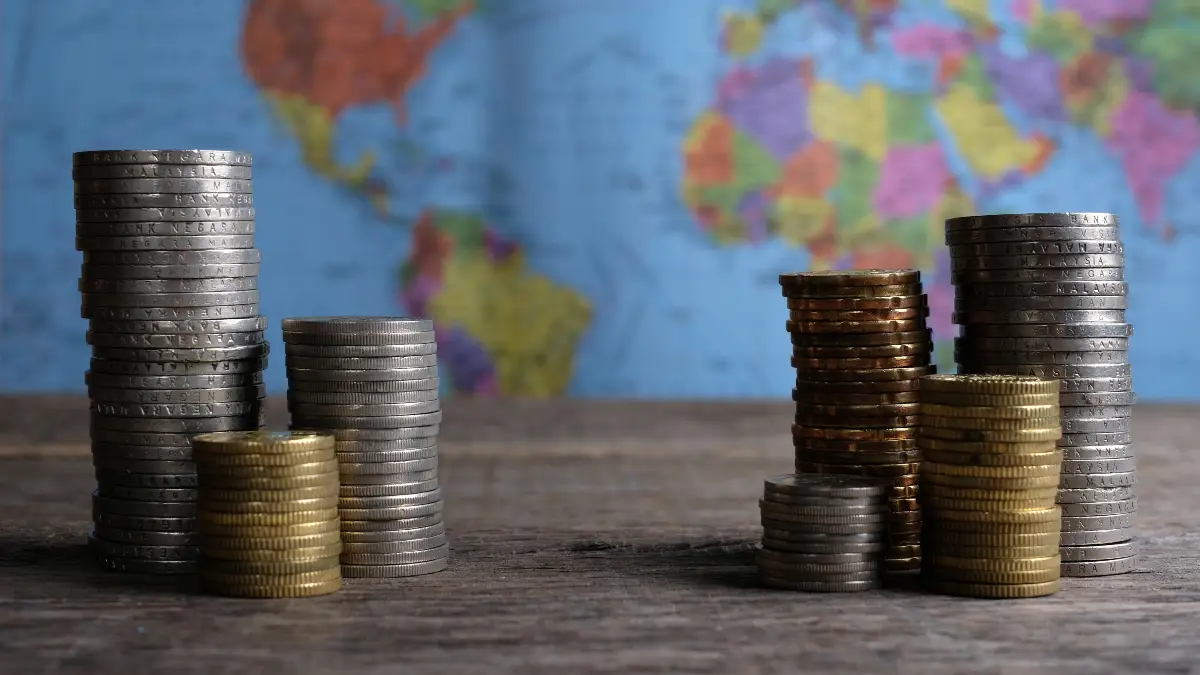
People often say tourism is a key source of money for Indigenous communities. Tourism can create money and jobs.
But the way mainstream Frontier Tourism is set up often copies the old, unfair patterns of colonialism. It creates dependence and makes poverty worse instead of helping communities stand on their own.
The Promise and the Reality
Tourism can be a big money-maker. For example, in Canada, Indigenous tourism brought in about $3.7 billion in 2023. In the U.S., government programs like the NATIVE Act try to help tribes use tourism for economic growth.
These programs see that tourism can bring in money, reduce poverty, and pay for important community services. But the way the main tourism model is built often stops these benefits from reaching the communities themselves.
Economic Leakage: An Unfair System
A big problem is “economic leakage.” This is when most of the money tourists spend does not stay in the local area. Instead, it “leaks” out to big, non-Indigenous companies, like international hotels, tour operators, and outside food suppliers.
Studies show that as much as 70% of tourist money leaks out in Thailand and 80% in Caribbean countries. This happens when outsiders own and control the tourist buildings and services.
It leaves Indigenous communities with low-paying, seasonal, and unstable service jobs, while the big profits go somewhere else.
Hurting Traditional Economies
The move to a tourism-based economy often causes a decline in traditional work like farming, fishing, and craft-making. This means the loss of old skills and knowledge passed down for generations.
It also creates a risky dependence on the global tourism market, which can change quickly. Also, a rush of tourism can make the cost of living go up.
This raises prices for housing and everyday items, which can make poverty worse for locals who don’t have high-paying tourism jobs.
This system is like a modern-day colonial setup. Indigenous communities provide the “raw materials” for the industry: their land, culture, and work. Non-Indigenous companies turn these into a product they can sell and take most of the profit, which is pulled out of the community.
The community is left with the social and environmental problems, while the money flows to outside companies. This shows that the economic setup of Frontier Tourism is not just flawed. It is a new colonial system for taking wealth.
Landscapes of Conflict – Two Case Studies
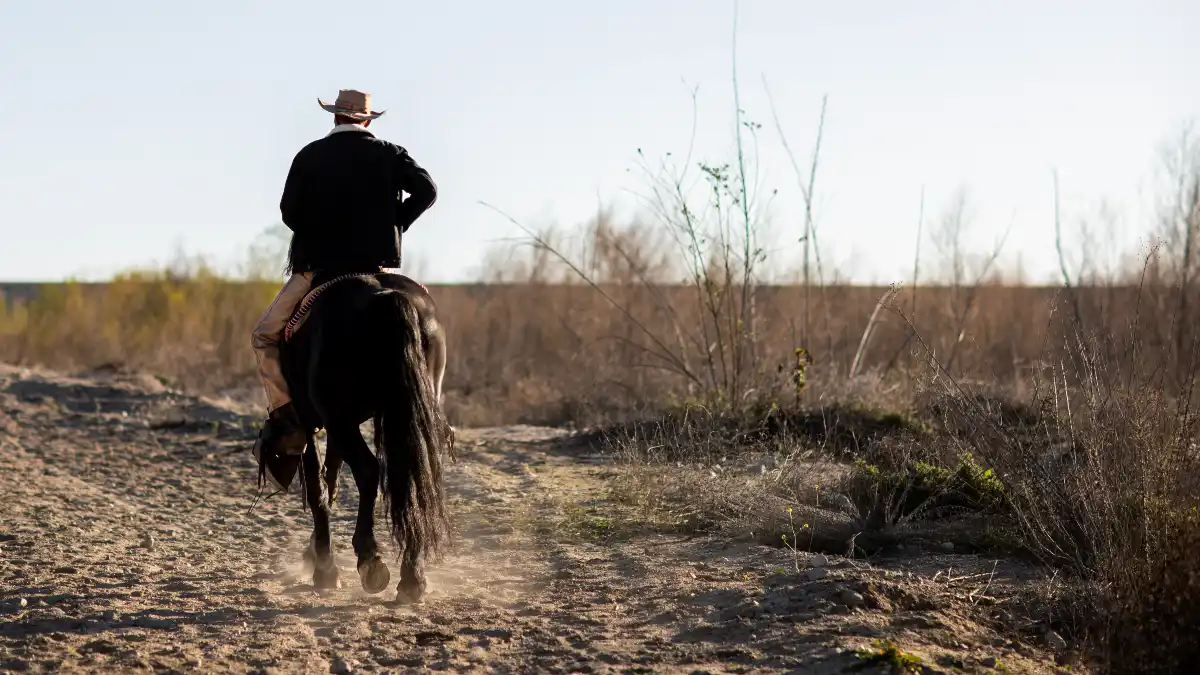
The fight between settler tourism and Indigenous self-rule is not just an idea. It is happening in many places across North America. In these places, tourism is a main cause of ongoing land loss and disrespect. The stories of Mount Rushmore and the Grand Canyon are clear examples of this conflict.
Mount Rushmore: Carving Conquest into Sacred Stone
For the Lakota and other Plains tribes, the Black Hills, or Pahá Sápa, are a sacred place. They are the heart of their spiritual world. The mountain now called Mount Rushmore is known as Tȟuŋkášila Šákpe, or The Six Grandfathers.
It is a very important religious site. The Fort Laramie Treaty of 1868 promised this land to the Sioux Nation forever. That promise was broken a few years later when gold was found. The U.S. government took the Black Hills by force in 1877.
Making the Mount Rushmore monument was a deep insult. The project was created by a state historian to bring in more tourists. It involved carving the faces of four American presidents into this sacred mountain.
For the Lakota, this is offensive for three reasons. The monument is on stolen land. It damages a sacred site. And it honors men whose governments oversaw violent expansion and the removal of Indigenous people.
The monument is a lasting symbol of broken treaties and the use of tourism to praise and justify colonial conquest. This injustice still fuels Indigenous resistance.
This includes a 1971 takeover by the American Indian Movement and the Sioux Nation’s continued refusal to take money for the Black Hills. They still demand the return of their land.
The Grand Canyon: A Century of Land Loss and Resistance
The Havasupai Tribe, the Havasu ‘Baaja or “people of the blue-green waters,” are the only people who have always lived in the Grand Canyon. When Grand Canyon National Park was created in 1919, their ancestral lands were taken.
They were forced onto a small reservation. This removal ended in 1928 when the last Havasupai farmer was kicked out of a green, watered area in the canyon called Ha’a Gyoh. Park officials renamed the place “Indian Garden,” erasing its Havasupai name.
Today, the tribe is threatened by the “hypertourism” that brings millions of visitors to the park each year.
The biggest danger is from uranium mining on the canyon’s edges. This mining could poison the Redwall-Muav aquifer, which is the only source of water for the Havasupai people living in the canyon.
After fighting for decades, the Havasupai won a big symbolic victory in 2023. The U.S. Board of Geographic Names officially changed the name back to “Havasupai Gardens”.
This doesn’t fix the history of land loss. But it is a big step in taking back the story of the land. It also teaches the 100,000 hikers who visit the gardens each year about the canyon’s real history.
This works directly against the colonial erasure that the park pushed for almost 100 years.
A Better Future: Indigenous-Led Tourism
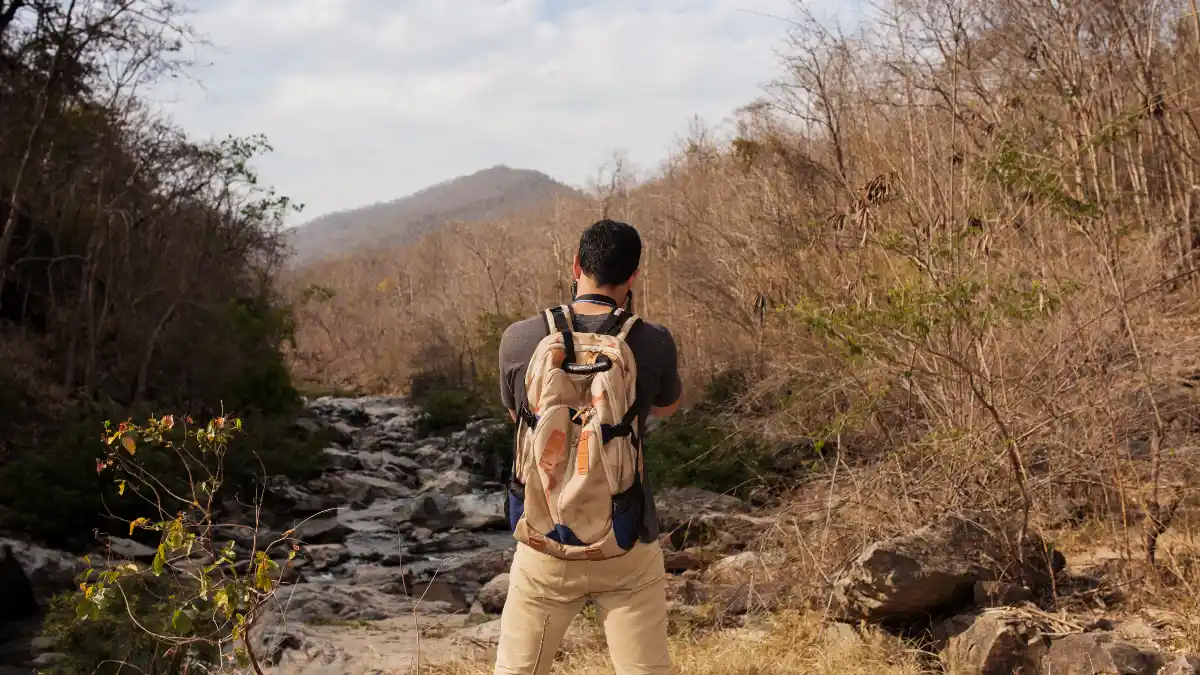
After seeing the problems with unfair tourism, we need to find better, more just, and lasting options. Across the Americas, Indigenous communities are creating and leading their own tourism projects.
These projects are based on self-rule, self-determination, and cultural respect. They offer a strong alternative to the colonial fantasies of Frontier Tourism. They also show a path to a better future for the travel industry.
The Push to Decolonize Tourism
Indigenous scholars and activists are calling for a big change in how we think about tourism. Native Hawaiian scholar Hokulani K. Aikau says the goal is to challenge the common tourist idea that “you can go anywhere you want, because you know, you bought a ticket”.
To do this, we need to decolonize tourism. This isn’t just a word. It’s a real process of taking apart the colonial practices still happening in the industry.
It means a major shift in power. We need to move away from models that use Indigenous culture and land for profit. Instead, we need models that put Indigenous self-rule, knowledge, and futures first.
How Indigenous-Led Tourism Works
This better model is built on a few key ideas that are very different from unfair Frontier Tourism:
Community Ownership and Control:
Indigenous communities own and run the tourism businesses. This makes sure that the power to make decisions and the money earned stay in the community.
Real Culture and Respect:
The community decides how its culture, history, and traditions are shown. This moves past fake shows to offer real, respectful cultural sharing on their own terms.
Caring for the Environment:
Tourism is guided by Traditional Ecological Knowledge (TEK). This promotes conservation and a lasting relationship with ancestral lands and waters.
Economic Independence:
The model is made to build strong and varied local economies. This lessens dependence on outsiders and stops economic leakage.

